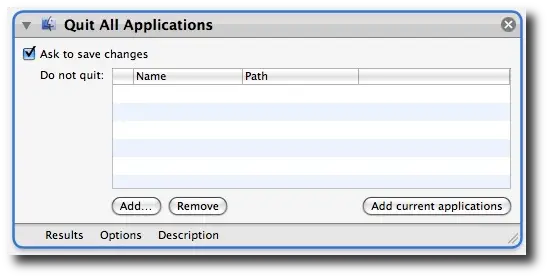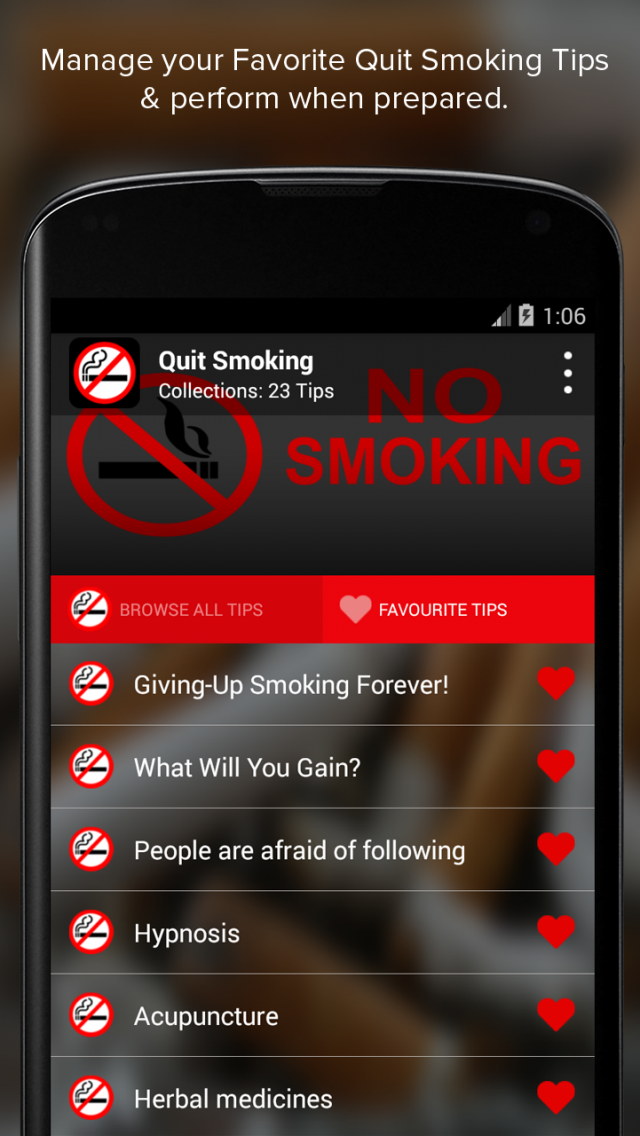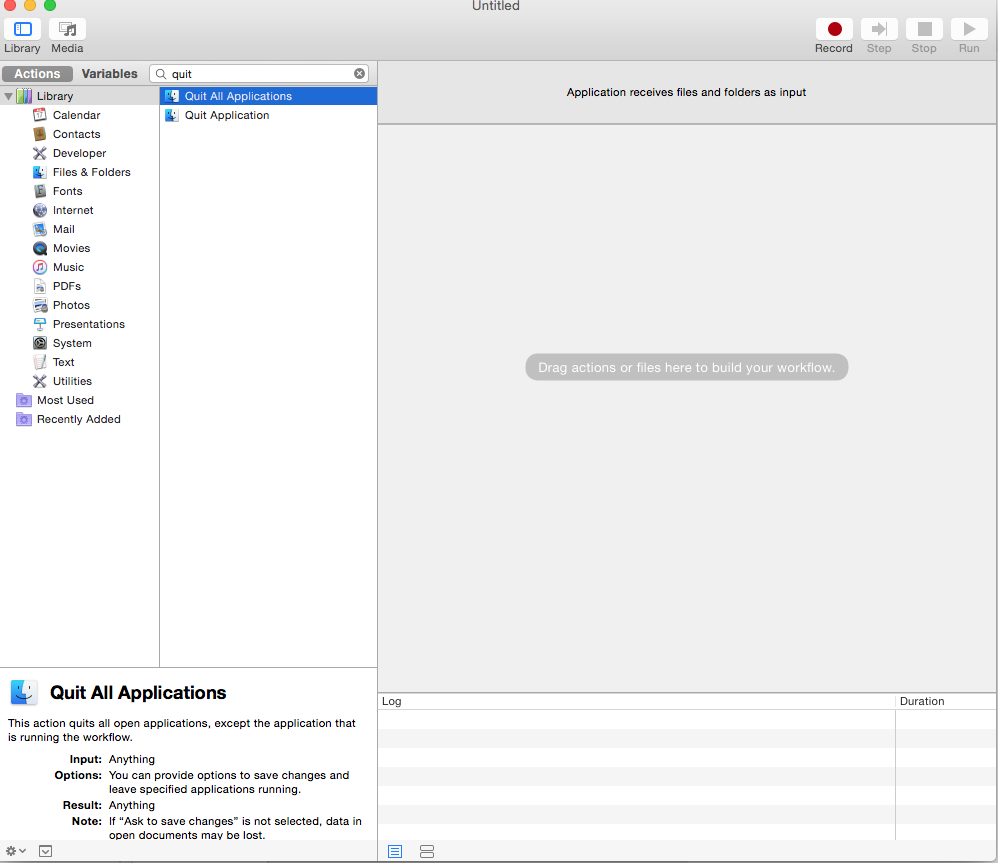
Similar to Task Manager in Windows, Macs also have a “task manager” - it’s called Activity Monitor. Or you can simply press the keyboard shortcut – Option + Command + Esc to perform the action) Close the Application from Activity Monitor Select the application that is unresponsive and tap “Force Quit”.You will be directed to a new window called “Force Quit Application”.Click the Apple icon in the upper-left corner.This is the most efficient and convenient way to close frozen applications on a Mac. This will force shut the applicationįorce Quit an App on macOS Use the Apple Menu or Keyboard Shortcut Right-click the unresponsive app > choose End Task.Browse the list of running apps and locate the app that isn’t responding.

All active apps are listed in the Active Applications section.

Task Manager does many things one of its features allows you to see system resource usage of a running program.
QUIT ALL APPLICATIONS WINDOWS
Use the Task ManagerĮvery application running on Windows is listed in the Windows Task Manager. This combination of keys tells the operating system to terminate the currently active window. The most common way to close an unresponsive app on Windows is to use the keyboard shortcut of Alt + F4. Force Quit an App on Windows Use your keyboard

With that said, here are a couple of methods to force quit on Windows and macOS, respectively. Bring the program you want to quit to the foreground by tapping or clicking on it. However, when you force-quit, you may end up losing data or files - we’ve all had this happen! Thus, it is important to “save often” and use this method only as a last resort. The little known but very handy ALT + F4 keyboard shortcut performs the same, behind the scenes, program-closing magic that clicking or tapping that X in the top-right of a program window does. When you close an application in the traditional way, you may be prompted to save your work before closing.
QUIT ALL APPLICATIONS MAC
This combination of keys tells the operating system to. Another method to check all the Running apps and programs on your Mac is through the Force Quit applications manager on Mac. Now, while force-quitting may be the easiest option, it can lead to unwanted consequences. The most common way to close an unresponsive app on Windows is to use the keyboard shortcut of Alt + F4. Posted in: Apple, Microsoft or Windows, Tech Tipsįorcing a frozen application to quit in Windows and macOS is sometimes the only way get out of an unresponsive program.


 0 kommentar(er)
0 kommentar(er)
